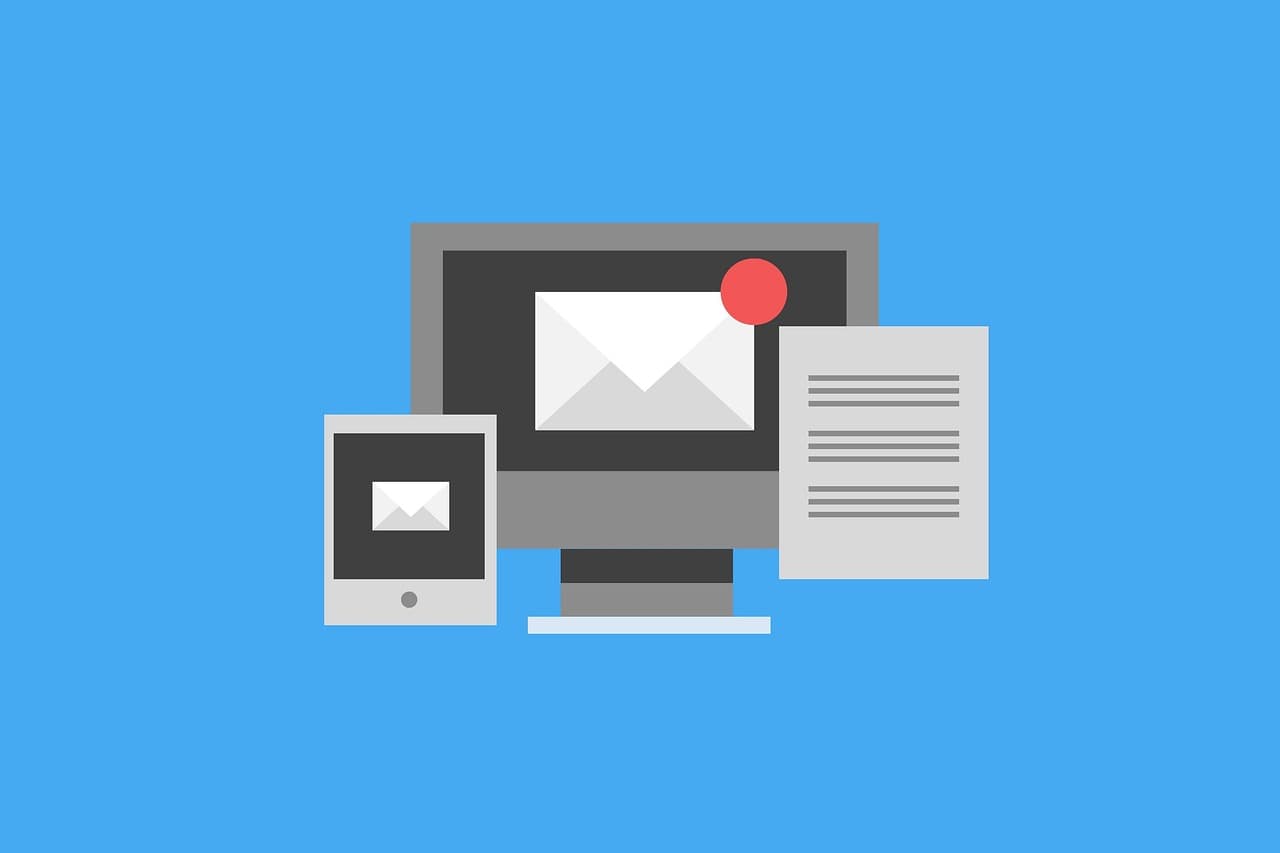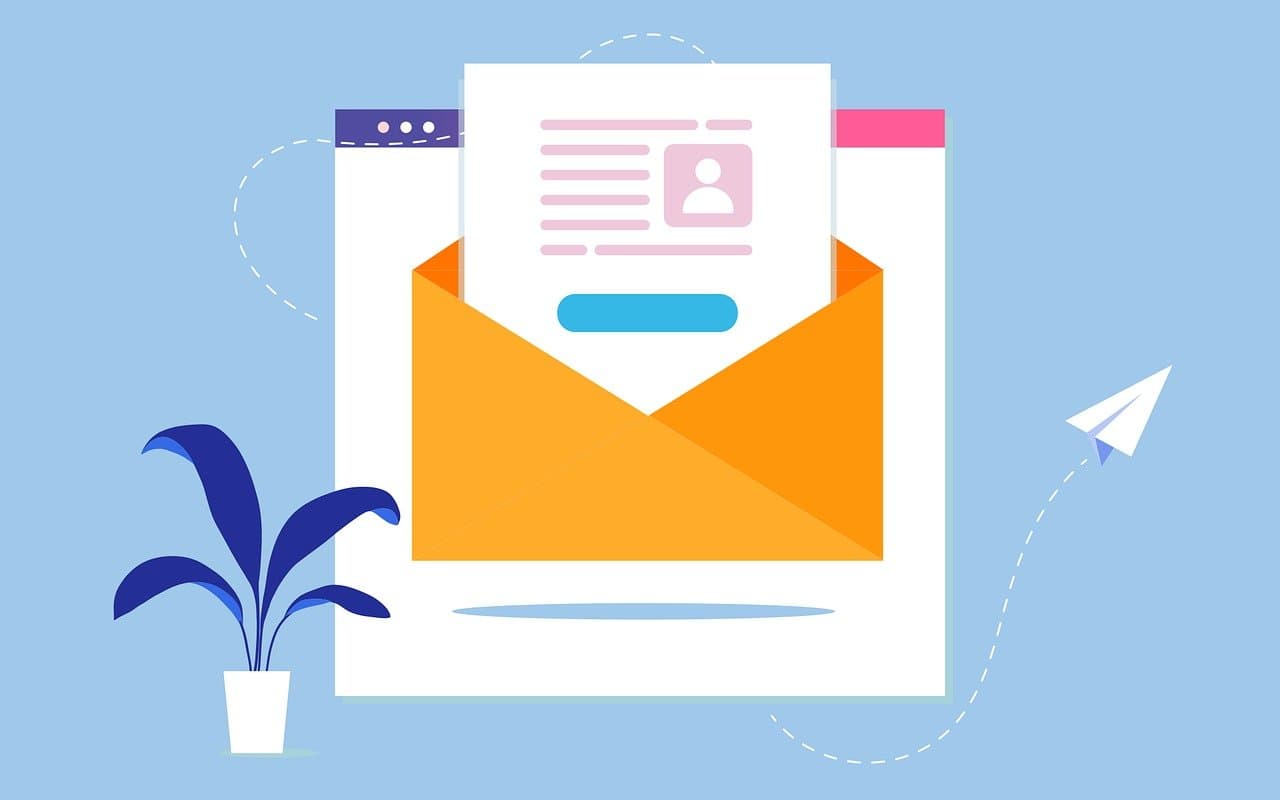Scraped, Crowdsourced, and Research Grade B2B Data Explained

Buying B2B data should be simple, but most lists are built in very different ways. Some are scraped from the web, some are pooled from crowds of users, and a smaller share is built through real research. The problem is that all three can look similar on the surface. This guide shows how to spot the differences, protect your domain, and make sure your outreach reaches real people who match your ICP.
TL;DR
Cheap B2B lists often come from scraped web pages or from pooled user data with very little verification, so the emails bounce, the contacts are not who you want to reach, and your team can face brand risk.
Research-grade data follows clear steps. Every record is checked by real people, the emails are tested to make sure they work, the data refreshes on a set schedule, and the vendor gives written replacement terms.
This guide lays out a clear way to tell the difference between scraped data, crowdsourced data, and research-grade data so your team can make clean and clear decisions.
Why Your B2B Data Source Matters
Data sourcing matters because a list is more than rows on a sheet.
You pay for the way each record was created, how fresh it is, how often it is checked, and how bad records are replaced.
Recent actions against data brokers by the FTC show how fast cheap data can turn into a legal and brand problem.
Scraped B2B Data
What scraped data is
Scraped data means contact details were collected by automated tools from public websites. The software scans a page, grabs anything that looks like a name or an email, and moves on. It has no way to tell if the person still works there or if the email actually delivers. Common sources include:
-
Company websites
-
Directories
-
Social profiles
-
Job boards and press pages
Scraping often runs at a massive scale. A single tool can scan thousands of sites in a single day and pull millions of records. The volume looks impressive at first, but most of the records become old very quickly.
Common traits
-
Very fast to collect
-
Very cheap per row
-
Many guessed emails based on patterns
-
Outdated roles and companies
-
No clear record of when data was last checked
How scraped data feels in real campaigns
In real campaigns, scraped data creates obvious problems. A new sender sees hard bounces on day one, which hurts domain health and can block future sends. Outreach lands on people who left months ago, so reply rates drop and complaint risk goes up. The lists often come with gaps, duplicates, and messy formatting, forcing your team to clean everything by hand. And when things go wrong, there is no real SLA, no refund terms, and no way to trace where a bad record came from. To see the real cost, read our article here.
Crowdsourced B2B Data
What crowdsourced data is
Crowdsourced data comes from many different users. A platform collects records through shared tools and everyday activity, so the database grows as people work, browse, or sell. The goal is wide reach at a low cost, because users gather most of the data on their own time, and the platform mainly filters and packages it. But quality changes from batch to batch, since every contributor uses different habits, tools, and standards.
Common traits
-
Big coverage in some niches
-
Direct dials from sales teams in the field
-
Quality that depends on who contributed
-
Long lag between collection and resale
-
Hard to trace the original context or expectations for use
How crowdsourced data feels in real campaigns
In real campaigns, the data can look solid at first glance, but once outreach starts you see a mix of fresh records and very old ones. Some contacts reply and move through a normal email flow, while many others bounce. The sourcing pages usually offer short, generic statements with little detail on consent or data rights, which leaves the team to judge the risk on their own.
Research-Grade, Human-Verified B2B Data
A serious data provider verifies each contact through real research, not a quick scrape from the web. In practice, that means:
-
Source policy
Uses lawful, publicly available business and professional information. No breached inboxes, no hidden extensions, and no consumer tracking of any kind. -
Multi-step enrichment
For every contact they include, a research-grade data provider’s team should:-
Confirm the company
Match the person to the correct company name and website and not just a guess off the domain. -
Confirm the role and seniority
Check the job title and map it to a clear level such as C-level, VP, Director, or Manager so you can target decision-makers accurately. -
Confirm the location
Verify the office where that contact works to match the customer’s requested location. -
Confirm the industry
Verify the company’s industry matches the customer’s requested industry.
-
-
Verification
-
Runs technical checks on email deliverability.
-
Confirms employment and role from more than one reliable signal.
-
-
Risk filters
-
Removes known bad patterns like obvious traps, junk, and mismatched records.
-
Removes higher-risk data such as catch-all domains.
-
-
Freshness rules
-
Uses a clear refresh cycle so old records get reviewed, updated, or removed
-
Avoids keeping contacts in circulation indefinitely once they go out of date.
-
-
Remediation
-
Offers a quality guarantee for hard bounces or clearly bad records.
-
Makes it easy for customers to report issues and get fixes.
-
Responds quickly and professionally to customer issues when requested.
-
What this feels like in your campaigns
In real campaigns, you’ll see lower bounce rates and fewer sudden spikes. Job titles will line up with your ICP, so more replies come from the right people, and the companies will match the industries you asked for, which means less time spent cleaning and checking the list. In the long run, this means you save money because more of your outreach reaches the right ICP instead of being wasted on unqualified leads.
| Type | How it is built | Strengths | Weak points | When it is risky |
|---|---|---|---|---|
| Scraped | Bots pull public data | Scale, low cost | Outdated, guessed, opaque, weak consent | Always risky for serious outbound |
| Crowdsourced | Users feed and share data | Some strong pockets, fast growth | Inconsistent, stale, unclear sourcing | When used as if it is verified |
| Research-grade human verified | Structured research and live checks | High reliability | Higher effort and price per valid record | If provider only claims it but cannot prove |
How to Test Any B2B Data Provider in 5 Steps
Run this same test on every vendor, including us, to test the quality of the B2B data.
-
Purchase a small sample.
Buy 100 to 200 contacts in your exact ICP, from one location and one segment. -
Check completeness.
Look for clean company names, correct titles, seniority, industry, and location. -
Run a controlled email send.
Follow good sending practices and measure the hard bounce rate. -
Manually spot check.
Check a sample of contacts on LinkedIn and company sites to confirm their employer and role. -
Ask "When was this last verified?".
You want a clear timeframe and not a vague claim about a recent check or an automatic refresh.
Where Emarketnow Fits
Emarketnow builds each list to order for one client at a time. We start from clear ICP criteria and confirm job, company, and contact details with multiple tools and human checks. We remove risky contacts, avoid shady sources, run ongoing freshness checks, and replace bad data instead of selling the same old records.
FAQ
Is it okay if a provider uses some automation as long as humans are involved?
Yes, using software and human checks together is standard. The difference is in how it’s done. Good vendors use tools to speed up the research, then have people confirm the details and enforce clear rules. Weak vendors run mass scraping, do one quick skim, and call it verified. The right questions make that difference easy to spot.
Why does this level of sourcing detail matter for my sales team?
Because bad data hurts your domain, weakens your outreach, and wears out your sales reps. Good data means fewer bounces, fewer wrong contacts, a cleaner CRM, and more meetings with the same effort. Knowing how the data is built is the fastest way to avoid losing good opportunities before you hit send.
Ready to reach fresh, human-verified leads today?
Start for FreeRelated articles
How To Safely Blend First Party And Third Party B2B Data
Use your own first-party data to define your ICP, then fill the gaps with human-verified B2B contact lists. Learn how to merge both without disrupting your CRM.
Why Today’s Job Market Quickly Breaks Your CRM
See the key labor market stats behind job hopping and job hugging and learn why fast job changes cause your CRM to become outdated in under two years.
B2B Email Campaign Follow-Up Best Practices
A clear B2B email follow-up guide that shows you exactly how many emails to send and when to send them based on signals from your prospects. Know who you should contact, how often to follow-up, the best times to send, and when to stop.


